All about the Isle of Harris
Spring - Earrach
It is still chilly here, but the island air is sparklingly clear. Visibility along the coastline and into the glens of North Harris is simply mesmerising. Wildlife is beginning to emerge from Winter and look out for lambs at the side of the Golden Road. The first shy blossoming of the machair can be seen on the western beach fringes. This is a natural habitat of global importance – once seen, not easily forgotten. Intrepid visitors can take a first swim in the ‘fresh’ Atlantic, although wild swimming with a qualified guide is always recommended.
Summer - Samhradh
The island comes to life joyfully during the summer months. Traditionally a time for island exiles to return home, agricultural shows (North Harris Show and South Harris Show), gala days and the wonderful Hebridean Celtic Festival provide lively cultural insight into island life. Exhilarating boat trips along the coastline to outlying islands are in demand, and short beach strolls and longer treks into the deep silent glens of North Harris are a fantastic way to unwind in nature and relax. The beaches of West Harris are completely gorgeous and just a short drive from Tarbert - just take your beach towel, sandwiches and brolly.
Autumn - Foghar
As the heather blooms on the hillsides and the sun drops slightly in the sky, there is still a quieter pace to the island and you may be the first to arrive at a favourite beach on any given day. Stags roar in the glens as the rutting season get underway – a truly dramatic sound. On days when the weather is less favourable, a tour of artists’ galleries and studios dotted around the island, or a visit to Harris Distillery will raise your spirits! Visit the Harris Tweed exhibition and enjoy a bracing walk to the atmospheric Eilean Glas lighthouse on the neighbouring island of Scalpay. With the darker evenings, light the stove and dip into a book or enjoy a great movie.
Winter - Geamhradh
Winter days and nights at Fasgadh are ideal for nesting and indulging in some locally produced food and drink. Late sunrises and early sunsets are a great asset to photographers and artists working in spectacular environments around the island. If clear skies allow, the Northern Lights - or Aurora Borealis – can be seen clearly at various points around the island, as can the Milky Way on occasion. Fasgadh Village House and Fasgadh Studio are cosy and warm and ideal for Winter breaks, but if you want to venture out for a traditional ceilidh with dancing to local music you will find a welcome at the Bays Centre which hosts regular night time shindigs over the winter months.
Measgaichte - a Mish Mash!
When Crowded House wrote the song, "Four Season's in One Day" they could easily have been talking about the Hebrides. Locals frequently say "If you don't like the weather, wait for a while". Be prepared for all conditions and you won't be disappointed.
Things to do in Harris
Aurora
Northern Lights, Aurora Borealis, or, in Gaelic, fir-chlis (the nimble men) can be seen when electrically charged particles from the sun travel in solar winds and interact with the magnetic fields of the Earth’s atmosphere. This creates a multi-coloured glow and dancing lights in the sky.
This magical spectacle can be seen during the Autumn and Winter months with clear, intensely dark skies. Follow https://twitter.com/aurorawatchuk for the alerts, wrap up warmly and find an elevated spot away from the village. If you are lucky, Nature will put on a wonderful show.
The Clisham
If you are an experienced hillwalker you will probably prefer to spend a full day walking the entire Clisham horseshoe, but most people will walk the direct route from the main road. Either way, you will be rewarded with magnificent views in every direction, including much of the Harris coastline – a wonderful contrast to the dramatic hills and glens.
The highest mountain in the Outer Hebrides, the Clisham is considered to form the border between Lewis and Harris, with the phrase ‘What’s happening over the Clisham?’ a common query made of Harris people visiting Stornoway.
Fishing
Harris is a fantastic place to fish, with numerous lochs and some of the most prestigious angling in the world. Much for information for the experienced angler, or interested beginner can be found through the Outer Hebrides Fisheries Trust.
Sea angling for sustainable species like Mackerel and Pollock is readily available on your doorstep with Isle of Harris Sea Tours who run regular fishing trips with all tackle provided from the Isle of Harris Marina, just a stone’s throw from Fasgadh. The trips are run by your host Angus, who is a very experienced sea angler with a huge depth of knowledge of the coastline in the area. Angus will be delighted to offer tuition to beginners of all ages and fillet what you catch to be enjoyed back at Fasgadh.
Heritage
If you look closely around your travels through the island you will see the marks of island lives left softly on the landscape. Whether it is the feannagan or so called lazy beds, widely used for crop cultivation on the thin covering of soil over the inhospitable rock, or the remains of traditional blackhouses along the shoreline of the Bays of Harris, there is a rich and distinct heritage to be discovered. The church of St Clement’s at Rodel in South Harris was built for the Macleod Clan chiefs and is a superb example medieval architecture. It is wonderfully well preserved and is open to visit.
Clach Mhic Leòd or Macleod’s Stone dates back some 5000 years and has a commanding position looking over to Taransay. There are different theories about why it was placed there, but it proves with certainty that people have been living and working here for a very long time.
Gin tasting
Harris has a very special place in the renaissance of enjoyment of gin and we are very close to the ‘spirit’ of that locally with Isle of Harris Distillers distillery just across the road! The modern building is a lovely place to visit and you can take a tour of the stills and see the magic happen, enjoy the perfect serve of Harris G&T next to the peat fire and perhaps pick up some of their beautiful bespoke glassware.
If you would like to make an evening of it, Fasgadh is located between Hotel Hebrides and the Harris Hotel. Both of these family run establishments have a great selection of island, Scottish and craft gins to be explored.
Painting
The practice and appreciation of drawing and painting has been at the heart of Fasgadh Studio since opening in 2005. There is a small sink and storage area for your materials and Christina is delighted to provide some of the basics – sketching easel, brushes, drawing boards, etc. – all you need to bring is your favourite colour palette, spirit of enquiry and your creative mojo. As a qualified teacher of Art and Design and practicing artist for 30 years, Christina is available as a mentor, sounding board or tutor.
Island Culture
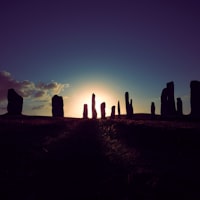
Crofting
Crofts are a form of collective land management distinctive to the Highlands and Islands of Scotland. A croft is a smallholding where you could build a crofthouse, often with the help of relatives and neighbours in your township. At one time cultivating hardy crops on your croft, rearing sheep for meat and having some hens and a cow for milk and butter, provided the main diet for most households. Most crofters had a second income stream such as fishing or weaving Harris Tweed and this is still the case, although some work hard to maintain the tradition as fully as possible. As you travel around the island, you will see crofts in action with sheep and cattle being reared and potatoes planted under a heap of iodine rich seaweed. Long before organic methods and crop rotation became the norm, crofters were working their crofts in that simple and natural way and this allows a healthy habitat for wildlife to thrive. Usually a croft will be passed down in families and is a source of security and pride, but now they are increasing being viewed from afar as a desirable currency and the tradition is in danger of being driven out.

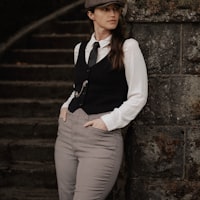
Harris Tweed
Harris Tweed Hardy, subtle and close knit, Harris Tweed is synonymous with the island itself. It is authentic and artisanal in the best way because, thanks to careful nurture by the Harris Tweed Authority and legal statute, can only be woven at the homes of islanders. It is admired by designers from Japan and Italy because of this authenticity, and by lovers of country pursuits for its softness of colour which allows them to blend into damp heathery hills effortlessly.
Just across the road from Fasgadh is Harris Tweed Isle of Harris, which holds the largest range of Harris Tweed accessories and apparel you could imagine. Run by your host Angus’s sister Catriona, it continues a long tradition in Harris Tweed by the family. As well as the Tarbert shop, there is another store and exhibition five miles away along the Golden Road in Drinishader. The saying goes, ‘from the land comes the cloth’, and a length of Harris Tweed, a jacket or a piece of homeware will be a lovely memento of the colours of Harris.
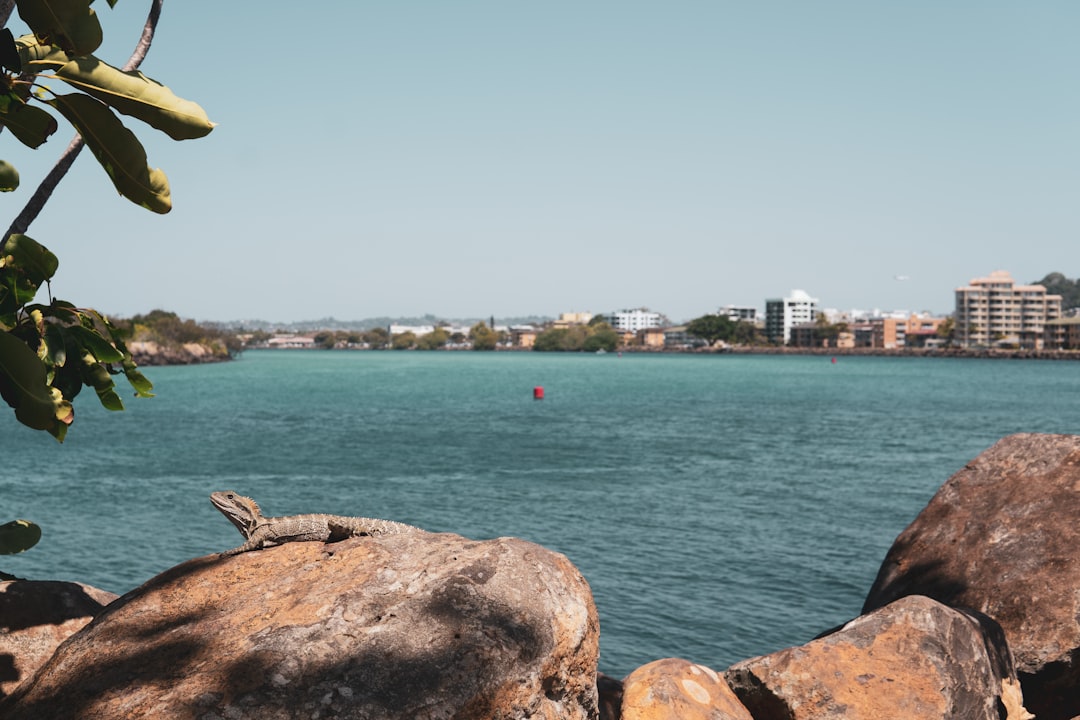
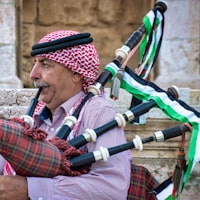
The Gaelic Language
The Gaelic Language Gaelic is an integral part of life in the Outer Hebrides, and is spoken fluently by most people over 40 from Harris. You might not hear it that readily, however, as the natural courtesy of the Hearaich will mean conversation will usually switch to English when in the company of any non-Gaelic speakers. In the place names and signage along the roads some conventions will soon begin to click with you: bost at the end will mean place of residence, Horgabost for example, and even Tarbert An Tairbeart itself which means a narrow neck of land between two bodies of water (always useful for transporting your longship).
The language retains its potency in places of worship where singing in Gaelic with a precentor leading the congregation through psalms without musical accompaniment is retained as a rich expression of faith.
https://www.youtube.com/watch?v=vZBgjepiRJcIf you get the chance to go to a ceilidh, take it. There might be dancing, but more usually good Gaelic singers from the community will perform and the audience will begin to take up the songs along with them. It is a convivial way to spend an evening, perhaps with a dram or two, perhaps with tea and cake.
Local Mods and The Royal National Mod are longstanding annual festivals where the traditions of Gaelic song, music and poetry are celebrated. The enormous popularity of these events is a testament to how the language is cherished in the community – long may that continue!
The Hebridean Celtic Festival held each July in the grounds of Lews Castle in the heart of Stornoway is a family friendly, fun small festival with fringe events around the town and Lewis and Harris. Look out for Gaelic conversation taster sessions and pick up a few words yourself – siuthad! (go on!)
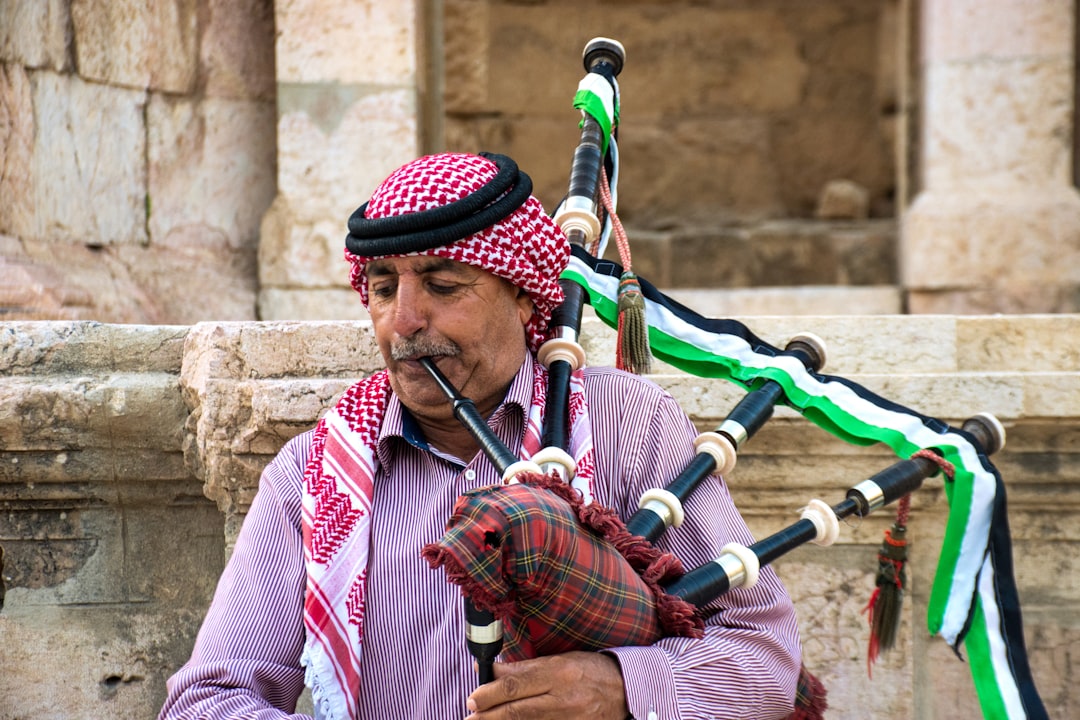
Discover our wildlife
Otters
Harris has a healthy Otter population, particularly along the rocky coastline of the Bays of Harris on the East side of the island.
Puffins
The thriving colonies of puffins around the islands are a sign of heathy seas.
Seals, Whales and Cetaceans
Seals are a common sight in the Bays of Harris during the spring and summer and the Minch is a wonderful place to see some of the most graceful sea creatures from land. Take the footpath over to Eilean Glas Lighthouse in Scalpay and you have a wonderful vantage point to see, typically, porpoise, minke whale, common dolphin and occasionally orca.
Eagles
The Isle of Harris has some of the best numbers of Golden Eagles in Scotland with upwards of twenty pairs in the hills of North Harris. There are also a few nesting sites of White Tailed Eagles (sometimes called Sea Eagles) around the East coast of Harris and offshore islands where this magnificent bird can be seen hovering in characteristic circular movements.
Local food & drink
Great Grub on the Go
Over the last few years a number of mobile food vans have popped up in all corners of the island, opening up opportunities to try local produce as well as classic hot filled rolls and fish suppers. If you don’t feel like cooking in the evening, or you want to pick up lunch on your way to the beach,
Black Pudding
Our local black pudding has been awarded Protected Geographical Indication, putting it alongside produce like Champagne and Parma ham as an example of high quality fare distinctive to a particular area.
Seafood
When you come to Fasgadh and you want to try some local seafood you have several fantastic options for lunch and dinner just a couple of minutes’ walk from your front door.